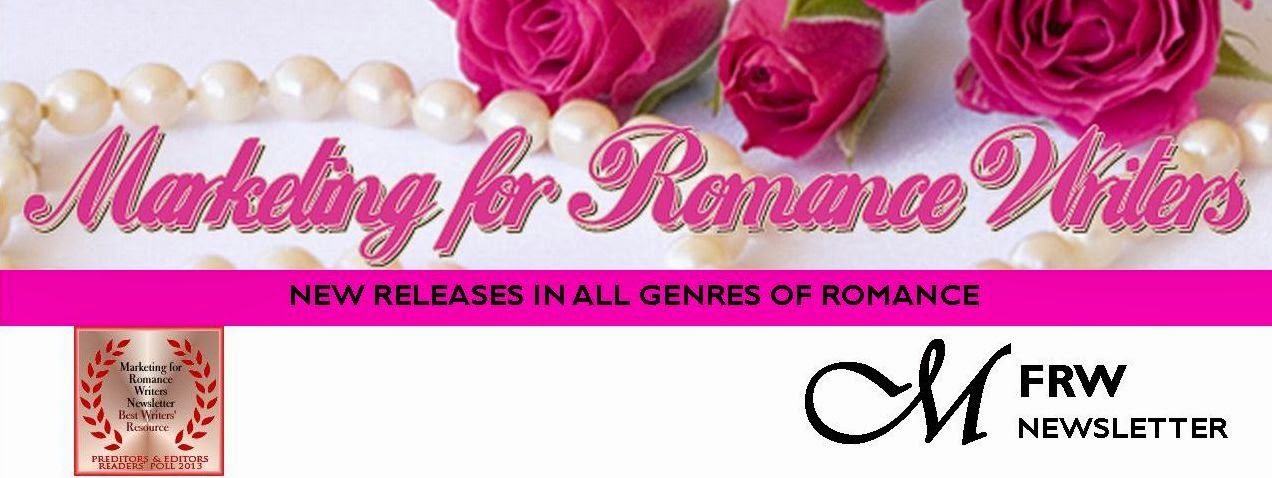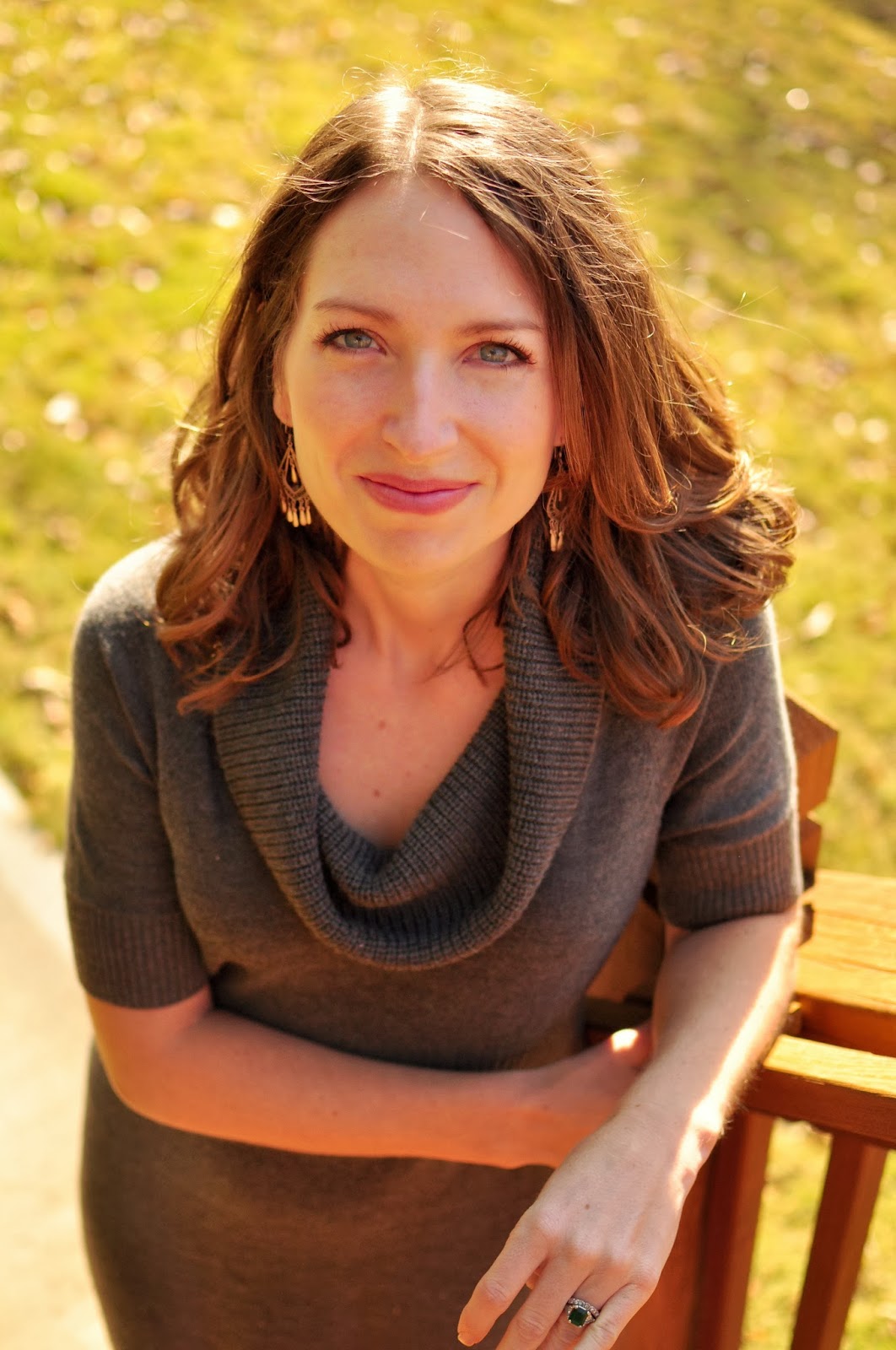Included in this post is a shot of the Yoast SEO Wordpress plugin used on my personal site. I use this plugin on each post. This is one I used for a post called How to Leave A Review (which I'll mention again below).
A focus keyword.
For ex, a phrase that includes the genre, book or character
name, or a descriptive phrase. On one of my posts, titled "How to Leave a
Review" I used "leave a review" and repeated it in the title,
url, H2 heading, and the body. By the time I'd finished it was there 13 times
total. Anyone searching for info on how to leave one, when to leave one, where
to leave one, etc. would be likely to find it.
Slug
The slug is what the
words at the end of the url are called. Mine was leave-a-review (after the
kayelleallen.com/ ) Making it the same as the focus word strengthens the SEO.
Meta Title / Meta Description
I use Wordpress, and a plugin called Yoast SEO allows me to choose the meta title and description. When you Google something, you know the words in bold that come up and
show you a title? That's the meta title. The words beneath it are the meta
description. If you can't specify, then Google (and other search engines) pick
up the post title and about 150 characters of the first paragraph.
Yoast SEO shows a green line (meaning good) when a title is more than 54 characters but no more than 94 characters. For the meta description, use a minimum 120 characters but no more than 156
characters. Remember, if you don't have a program that will provide this info for search engines, write posts with this type of information right up front.
More SEO for Authors
Title and hashtags
I try to match the focus keyword and then research the best
hashtags on https://ritetag.com/
H2 Header
Match your focus keyword somewhere on the page in an H2
heading.
Video
Because it owns YouTube, Google loves videos from there. Use
the focus word in the description and/or header of that.
Call to action
Generally, I plan my call to action first, and then write
the post to showcase that. I want people to leave a review of my book, so I
pulled it in as examples in the entire post about how to leave a review. Then I
asked if they had left one no matter who's or where, to share the link. It got
a ton of views, but no comments. Typically, I get far more views than comments,
so it wasn't a surprise.
Image alt tags
On my personal site, I highlight the title of the post and paste that
into the alt tag line of each image in the post.
Featured Image
In Blogger, you usually see the first image when you post a
url on Facebook or Twitter. With Wordpress, you can pick the exact image you
want, even if it isn't in your actual post. When the meta title and description
go up on Twitter, Facebook, Google, etc., that is the image that goes with it.
Other minor things to watch:
Use one category only. This is like the folder in the filing
cabinet. It can only go in one at a time. Exception: On RLFblog, I use two categories when the author does an interview. One for the type of interview, and one for the type of book. This lets readers search for both.
Use keywords that are genre specific, book specific, topic
oriented. Keep keywords simple so
readers can easily click the tag and find everything in the topic. For ex,
don't use the word book plus the word books. One or the other.
That's pretty much what I do. It's working very well.
If you use Wordpress, get the Yoast SEO for Wordpress
plugin. It will teach you these very things. If you do them, your article
is going to be much more findable by search engines. Use the checklist, and
write good content that contains information people want to find. It's that
simple.
About Kayelle Allen
Kayelle Allen is the founder of Marketing
for Romance Writers. She writes Sci Fi with misbehaving robots, mythic
heroes, role playing immortal gamers, and warriors who purr. She's a US Navy
veteran and has been married so long she's tenured.
https://kayelleallen.com
Twitter https://twitter.com/kayelleallen
Facebook https://facebook.com/kayelleallen.author
Join the Romance Lives Forever Reader Group Download four free books and get news about books coming soon. You can unsubscribe at any time.
Twitter https://twitter.com/kayelleallen
Facebook https://facebook.com/kayelleallen.author
Join the Romance Lives Forever Reader Group Download four free books and get news about books coming soon. You can unsubscribe at any time.











